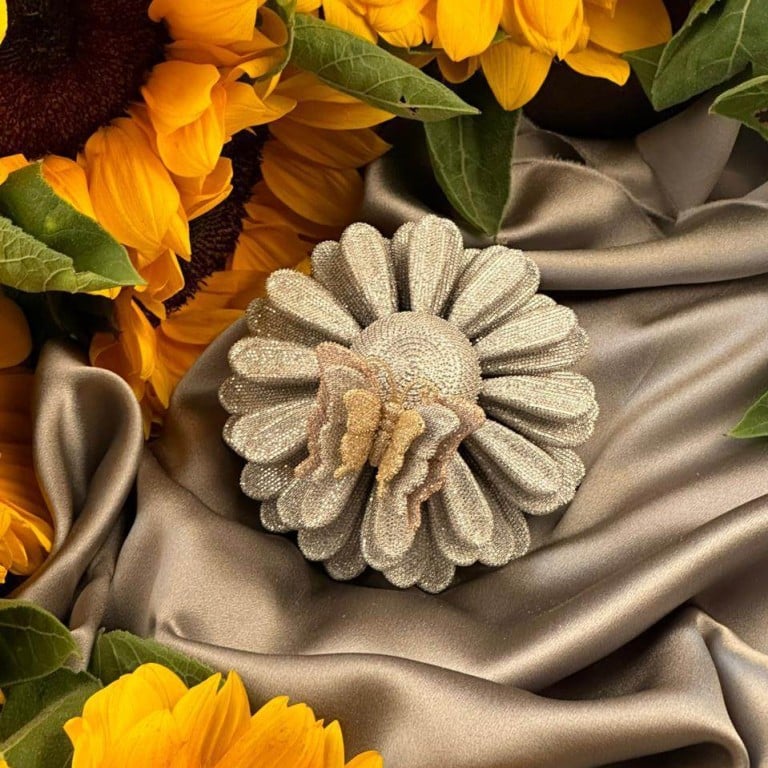Lab-grown diamonds? More sustainable, but less sexy – demand is growing for man-made gems among Gen Z buyers, but old school jewellery dealers say the unique backstory of ‘natural’ stones can’t be beat

- De Beers have launched a lab-grown label, Lightbox, and 77 Diamonds also works with artificial stones – but A-list luxury jeweller Eddie LeVian says he will never go near them
- The ‘Cartier and Women’ exhibition at the Hong Kong Palace Museum includes Grace Kelly’s engagement ring, Wallis Simpson’s Panthère de Cartier pendant and a replica of the Toussaint necklace, made for Ocean’s 8
Billions of years in the making, buried deep under the Earth’s crust in extreme heat and pressure, diamonds have long been synonymous with rarity and indestructibility. But when you remove that elemental interplay of forces, do diamonds still hold the same appeal?
If the boom in lab-grown diamonds is any sign, there’s a niche group of buyers willing to forgo natural rarity to get practically the same product for a fraction of the price.
According to Verified Market Research’s “Global Synthetic Diamond Market” report, that “niche” was valued at US$21.2 billion in 2021 and is projected to reach US$38.9 billion by 2030. Another report, by Research and Markets, suggests the market grew by 50 per cent between 2015 and 2022.

But what exactly are synthetic diamonds, and how close are they to the “real” thing? According to Tobias Kormind, co-founder of 77 Diamonds, Europe’s largest online diamond retailer, to the typical consumer they’re indistinguishable from natural stones. “From a chemical and physical perspective, natural and lab-grown diamonds are identical – only with expert equipment can they be identified,” he said.
Natural diamonds are forged out of carbon pressurised by intense heat and brought up from the Earth’s mantle by volcanic eruptions. Traces of minerals and chemicals in the carbon can affect the colour and clarity of a stone: a blue diamond, for instance, gets its tint from traces of boron.
This process of heating and pressurisation can be massively sped up in a lab setting to create stones of identical hardness and refraction. The first gem-quality diamonds were artificially created in 1971 and the technology has been much refined in the years since.
In 2018, the US Federal Trade Commission (FTC) revised its definition of what can be marketed as a diamond, stating that it “is no longer accurate to define diamonds as ‘natural’ when it is now possible to create products that have essentially the same optical, physical and chemical properties as mined diamonds”.

The International Grown Diamond Association’s definitions concur: “Laboratory conditions for growing diamonds result in the same natural growth process of a single crystal, 100 per cent carbon structure that is created under the earth. The result is a stone that is likewise 100 per cent diamond.”
And this change of definition has been mirrored in consumers’ broadening attitudes.
According to a 2023 Research and Market report, 9.13 million carats of lab-grown diamonds were produced in 2022 and the ability to produce at scale has given rise to a new genre of jewellery centred exclusively around lab-grown gems.